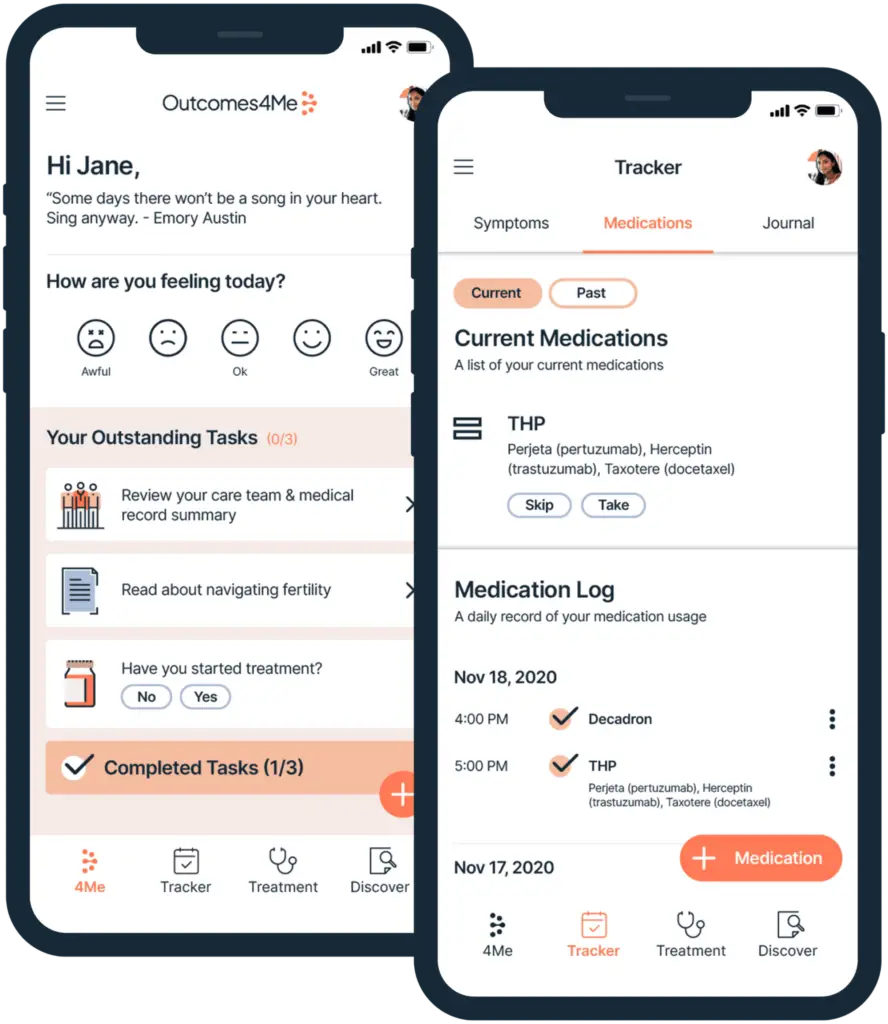Inflammatory breast cancer (IBC) remains one of the lesser-known and often misunderstood forms of breast cancer. Unlike other types, IBC does not present itself with the typical lumps that we are trained to watch out for. This variance in symptoms leads to frequent confusion, misdiagnosis, and unfortunately, often a delay in receiving the correct treatment. Knowing what to look out for is not just a matter of broadening your knowledge; it’s a crucial step in empowering yourself and others to seek timely medical advice and intervention.
IBC is characterized by its rapid progression, aggressive nature, and distinct symptoms that differ markedly from those of the more common forms of breast cancer. It is a rare and aggressive form of breast cancer that differs significantly from other types in its presentation, symptoms, and treatment approaches. It accounts for only 1% to 5% of all breast cancer cases but is crucial to recognize due to its rapid progression and the unique challenges it presents.
IBC does not present as a lump, which is often the hallmark sign of a breast cancer. Instead, it blocks the lymph vessels in the skin of the breast, leading to noticeable changes in appearance and texture. This form of cancer is called “inflammatory” because the breast often looks swollen and red, or inflamed. IBC symptoms develop quickly, often over weeks or months, and can be mistaken for an infection or injury.

Signs and Symptoms of Inflammatory Breast Cancer
Key differences of IBC compared to other types include:
- Skin changes: the skin of the breast may appear red, purple, or bruised. It can feel warm, thick, and heavy.
- Texture: the skin may take on an orange peel-like texture, known as “peau d’orange,” due to the blocked lymph vessels.
- Swelling and pain: unlike other breast cancers, IBC often causes significant swelling, increasing breast size quickly, and is usually painful.
- Inversion: the nipple may become inverted or flat, and there might be discharge.
- No definable lump: in most cases, there’s no lump that can be felt during a physical exam, which is a critical difference from other breast cancers.

The diagnosis and treatment of IBC are intensive processes reflecting the aggressive nature of the disease. Initially, a clinical examination of the breasts is conducted, followed by imaging tests such as mammograms, ultrasounds, and MRIs to identify unusual changes. If IBC is suspected, a biopsy is performed to confirm the presence of cancer cells, and further tests determine the cancer’s stage and spread. Treatment typically involves a multifaceted approach more aggressive than for other breast cancers, starting with chemotherapy to shrink the tumor and reduce inflammation. This is often followed by a mastectomy, radiation therapy to destroy any remaining cancer cells, and possibly targeted or hormone therapy if the cancer cells have specific receptors. Despite these rigorous treatments, IBC tends to have a poorer prognosis compared to other breast cancers due to its advanced state at diagnosis and likelihood to recur and spread, making early detection and optimal treatment protocols vital for improving patient outcomes.
Awareness is a powerful tool in health management, and with IBC, it could very well be a lifesaver. IBC is a reminder of the diversity and complexity of breast cancer. Knowledge of its unique symptoms is crucial for early detection. If you notice rapid changes in your breast’s appearance, it’s important to seek medical advice immediately. While IBC is rare and aggressive, advancements in treatment are continually improving the prognosis and quality of life for those affected. As with all cancers, a personalized approach to treatment, considering the patient’s overall health, cancer stage, and specific tumor characteristics, is critical. Stay informed and proactive in your breast health, and consult healthcare professionals if you notice any concerning changes.
Stay one step ahead by accessing the latest advancements and personalized treatment protocols for your specific type of breast cancer. Your diagnosis is unique—make sure you have the cutting-edge knowledge to navigate it effectively with Outcomes4Me. Download the Outcomes4Me app to see the latest treatment options.




